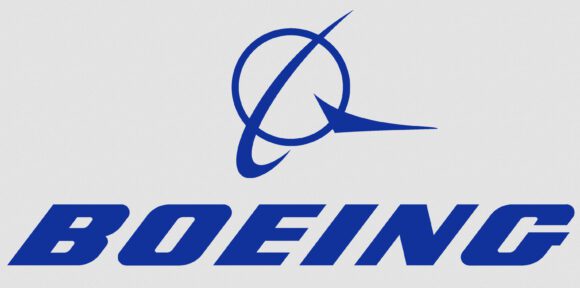Late last week Airbus announced that it had started cutting metal for the first A330neo. Airbus’ statement was:
The first A330neo is coming to life one year after the programme was launched, with the first ‘cutting of metal’ underway at its production facilities in Toulouse and Nantes. Machining of the first engine pylon started during the summer at Airbus’ facility in Saint-Eloi (Toulouse), while Airbus’ Plant in Nantes began production of the first A330neo centre wing box.
The first A330neo Centre Wing Box rib 1 produced in Nantes uses an innovative Isogrid design with 330 triangular pockets which enables the part to meet all our rigidity, strength and low weight requirements.
 The all-new pylon produced in Saint-Eloi is a key element in the A330neo’s innovative design, attaching the latest generation, fuel-efficient Trent 7000 engines to the wings. Made out of light weight titanium, the A330neo pylon uses cutting-edge aerodynamics, materials and design technologies derived from the A350 XWB.
The all-new pylon produced in Saint-Eloi is a key element in the A330neo’s innovative design, attaching the latest generation, fuel-efficient Trent 7000 engines to the wings. Made out of light weight titanium, the A330neo pylon uses cutting-edge aerodynamics, materials and design technologies derived from the A350 XWB.
The speed with which Airbus is undertaking the project is impressive and underscores lessons learned from the A320neo project have been brought to bear. Although there has not yet been level of orders expected for the A330neo, given the A330ceo success, the rapid neo progress will encourage this. Airbus still projects first deliveries in 2017. The case for improving successful designs is getting a boost from this, the second neo project at Airbus. The third, an A380neo, still waits in the wings for a splashy announcement at the appropriate air show.
Meanwhile Airbus continues to tweak the A330ceo. Today came this announcement:
Airbus’ successful A330-200 has received EASA (European Aviation Safety Agency) certification for the new 242 tonne Maximum Take-Off Weight (MTOW) version, following certification in April 2015 of the 242t A330-300. Certification from the US authorities (FAA) will follow.
Eric Zanin, Airbus Head of the A330 Programme said: “With this new 242t A330-200 our customers will benefit from even more range plus a proven 99.4 percent reliability, while offering their passengers best-in-class comfort. It’s unbeatable operating costs and unique versatility make the A330 Family a highly competitive solution in the medium to long haul market.”
The range of the new A330-200 242t increases by up to 350 nautical miles/650 kilometres compared to today’s 238 tonne model, allowing customers to fly missions up to 7,250 nm/ 13,400 km. Thanks to aerodynamic refinements and engine enhancements, operators will reduce their fuel consumption by up two percent.
The primary aim of the tweaked A330ceo and forthcoming A330neo is to ensure current customers have a solution they know well and can depend on. It also serves to disrupt 787 sales, where possible, by offering a lower cost solution, with nearly identical range and arguably better payload. Boeing will dispute this of course – and absent full details on each deal, we will never know the whole story. The A330 is far and away the best selling widebody the firm has produced.
Views: 2




Those ‘isogrid’ triangular pockets bring to mind 1930s’ airframe geodetics, inspired by earlier airship technology…